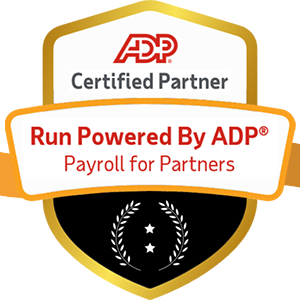
In today's rapidly evolving business landscape, organizations are facing unprecedented challenges in attracting, retaining, and developing top talent. As the workforce becomes increasingly diverse, distributed, and digital, traditional talent management approaches are no longer sufficient. This is where Talent Management Systems (TMS) come into play, offering innovative solutions to streamline HR processes, enhance employee engagement, and drive business success.

AI-driven recruitment tools are revolutionizing the hiring process by automating repetitive tasks, such as resume screening and candidate outreach. These intelligent systems analyze vast amounts of data to identify the most qualified candidates based on specific criteria. By leveraging Natural Language Processing (NLP) and sentiment analysis, AI can assess a candidate's personality, communication style, and cultural fit.
Real-World Example: Unilever has implemented an AI-powered recruitment platform called HireVue that analyzes candidates' facial expressions, body language, and tone of voice during video interviews. This has led to significant reductions in time-to-hire and improvements in candidate diversity.
Employee turnover leads to lost productivity, increased recruitment costs, and potential loss of institutional knowledge. Predictive analytics, powered by ML algorithms, helps organizations identify at-risk employees and proactively intervene to retain them.
Real-World Example: IBM's Proactive Retention program uses ML algorithms to identify employees likely to leave the company, predicting attrition risk with up to 95% accuracy.

People Analytics offers an objective approach to performance management, allowing organizations to measure employee performance based on concrete metrics and KPIs. By analyzing data from various sources, organizations can gain a comprehensive view of employee performance.
Real-World Example: Google's People Analytics team collects and analyzes employee data, including performance metrics, surveys, and email metadata, to gain insights into what drives high performance.
People Analytics helps organizations identify skill gaps and develop targeted training programs. This data-driven approach ensures organizations have the right talent in the right roles at the right time.
Real-World Example: Cisco's Workforce Intelligence program uses data from HR systems, project management tools, and employee surveys to gain insights into workforce trends and skill gaps.
TMS solutions leverage AI and ML technologies to create tailored learning paths based on employee data, learning preferences, skill gaps, and career aspirations.
Real-World Example: Deloitte University uses AI and ML algorithms to create customized learning paths based on each individual's role, experience, and career goals.
Organizations are incorporating game-like elements and immersive technologies (VR/AR) into learning experiences to increase engagement and improve knowledge retention.
Real-World Example: PwC's Digital Fitness platform uses gamified elements to engage employees in learning about digital technologies and trends.

Employee Experience Platforms (EXPs) integrate disparate HR systems into a single, unified platform, offering a seamless and intuitive user experience.
Real-World Example: Adobe Life integrates various HR systems into a single, user-friendly interface, improving employee engagement and reducing turnover.
EXPs gather and analyze employee feedback in real-time through pulse surveys and sentiment analysis, providing valuable insights into the employee experience.
Real-World Example: Microsoft Viva Insights analyzes employee data to provide insights into work patterns, collaboration, and wellbeing, helping identify areas for improvement in the employee experience.
The future of Talent Management Systems is shaped by innovative technologies and trends, from AI and ML to People Analytics and Employee Experience Platforms. These advancements are revolutionizing how organizations attract, retain, and develop top talent.
By leveraging these cutting-edge solutions, organizations can make data-driven decisions, personalize the employee experience, and foster continuous learning. However, technology alone isn't enough. Organizations must also focus on creating a culture of trust, transparency, and empowerment, where employees feel valued and supported in their growth.


